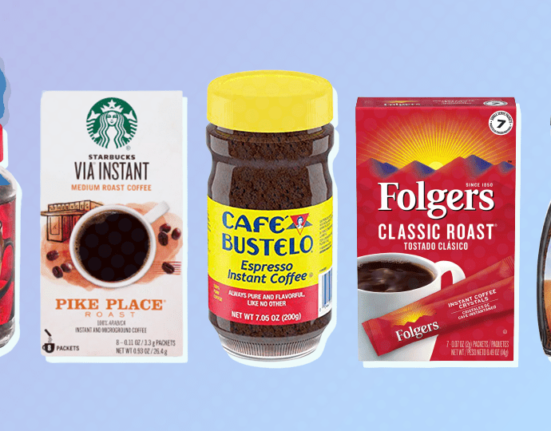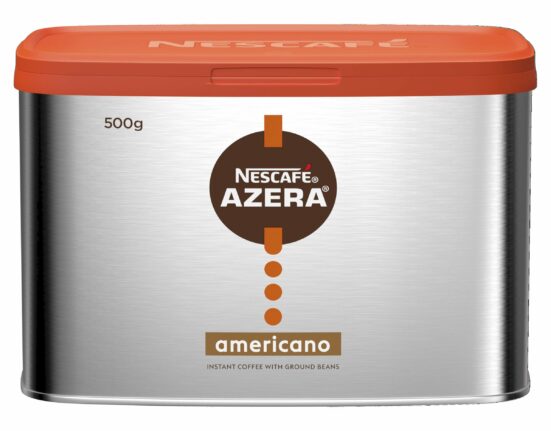Espresso Coffee Machine Design: An Intersection of Aesthetics and Functionality
The design of espresso coffee machines encompasses a fascinating amalgam of artistry and technology. This relationship not only enhances the user experience but also facilitates the ritual of coffee-making—an experience deeply ingrained in numerous cultures globally. Espresso machines serve as vessels for crafting beverages that are as much about personality as they are about taste, reflecting advancements in engineering, design principles, and consumer preferences.
A critically engaged examination of espresso coffee machine design invites scrutiny into its evolution, functionality, and aesthetic appeal, thereby challenging readers to reconsider their preconceived notions regarding this ubiquitous kitchen appliance.
The Historical Context of Espresso Machine Design
The inception of espresso machines can be traced back to the early 20th century, catalyzed by the quest for a concentrated form of coffee that could invigorate and energize. The first notable device emerged in 1901, exhibiting steam-driven technology that would set the stage for future innovations. This early model, despite its rudimentary mechanics, heralded a new era in coffee preparation.
From the rudimentary metallic contraptions of the past to the sleek, polished machinations of contemporary espresso machines, design evolution exemplifies not merely technological progress, but also a shifting paradigm in societal tastes and preferences. The evolution underscores a transition from utilitarian functions to aesthetically nuanced forms. In present scenarios, espresso machines are not only tools but also important design elements within the modern kitchen landscape.
The dichotomy between vintage aesthetics and modern design principles emphasizes the craftsmanship involved in espresso machines. Retro models evoke nostalgia, bearing unique contours and vibrant hues that conjure memories of coffeehouses from decades past. Conversely, current designs employ minimalist aesthetics, focusing on clean lines, metallic sheen, and a restrained yet elegant charm that resonates with modern sensibilities.
The Mechanics of Espresso Machines: An Engineering Marvel
Though the design evokes emotional responses and visual appeal, it is the intricate mechanics within these machines that truly captivates the coffee aficionado. Espresso machines typically operate through one of two primary methods: manual and automatic. Each variant presents distinct advantages and engages the user differently.
Manual machines require hands-on techniques, granting users complete control over the brewing process. This entails adjusting the grind, tamping coffee grounds, and determining the extraction time—skills that resonate with purveyors of artisanal coffee. For many enthusiasts, this fosters a deeper connection to the craft of coffee-making.
Contrarily, automatic machines streamline the process, allowing users to achieve professional-quality espresso with the touch of a button. While convenience is an appealing feature, it raises critical questions regarding authenticity. Can the nuanced flavors and aromas that characterize high-quality espresso be replicated in mere seconds? The juxtaposition between these two methodologies encapsulates an ongoing debate within the coffee community, where tradition often confronts modernity.
Design Elements: Significance of Form and Function
Design is inherently embedded within the realm of espresso coffee machines, where form must harmonize with function. This balance dictates not only aesthetic pleasure but also the overall user experience. Ergonomics plays a vital role; the placement of controls, the height of the machine, and even the material used can significantly affect usability. An ideal espresso machine should facilitate an intuitive workflow while ensuring that efforts translate into gratifying results.
Furthermore, materials selected for construction contribute not only to the longevity of the machines but also to the temperature retention, crucial for extracting the rich, complex flavors of an espresso shot. Stainless steel is often favored for its durability and ability to maintain heat. Conversely, plastic might be used where cost is a concern, but this can potentially compromise the quality of the coffee and the aesthetics.
In addition to technical specifications, the design must also evoke a sense of brand identity. Manufacturers often craft machines that encapsulate their values—be it sustainability, luxury, or innovation. This facet possesses layered meanings for consumers, creating an emotional resonance that extends the purchasing decision beyond mere functionality.
Environmental Considerations in Modern Espresso Machine Design
In the contemporary climate, environmental sustainability is paramount in product design. The espresso machine sector is no exception to this urgency, as conscious consumers increasingly demand eco-friendly alternatives. Innovative designs now reflect efforts toward reducing water usage, utilizing recyclable materials, and minimizing energy consumption during operation.
For instance, advanced thermal technologies allow machines to heat water more efficiently, thereby reducing energy waste. Manufacturers are also exploring biodegradable or recyclable components, encouraging consumers to make environmentally responsible choices. This transition reflects a broader movement towards sustainability, challenging readers to contemplate the lifecycle of their appliances—not just the immediate pleasure derived from a well-made espresso but the long-term implications of a purchase.
Challenges in Design: Merging Aesthetics with Innovation
Designing an espresso machine that is both visually appealing and highly functional presents an inherent challenge. Engineers and designers must navigate the competing demands for strength, durability, aesthetic appeal, and user-friendliness. Striking this balance is a formidable task that engenders a discourse on the relationship between functionality and artistic expression.
Moreover, as technology progresses, the introduction of smart features complicates this landscape further. Incorporating touchscreen interfaces, app connectivity, and programmable settings can offer convenience but also risks alienating users who prefer traditional brewing methods. Herein lies a paradox: Does the infusion of modern technology enhance the espresso experience or detract from its artisanal roots? This inquiry compels us to reflect on our preferences and their implications.
Engaging with Espresso Machine Design: A Call to Action
As we navigate the multifaceted realms of espresso coffee machine design, an individual imperative emerges—reflect on the choices we make, considering not only aesthetic and functional attributes but also the broader socio-environmental implications. Our consumer behavior interjects into an intricate web of sustainability, cultural appreciation, and technological advancement. Are we investing in devices that align with our values? Are we nurturing a conscious appreciation for the complexities of coffee-making?
The conversation surrounding espresso machine design is not merely academic; it is a critical engagement with our relationship to everyday objects and the values they embody. Each sip of espresso transcends the boundaries of mere refreshment; it emerges as a statement—a reflection of our choices, values, and cultural participation in a global coffee narrative that merits thoughtful exploration.








Leave feedback about this